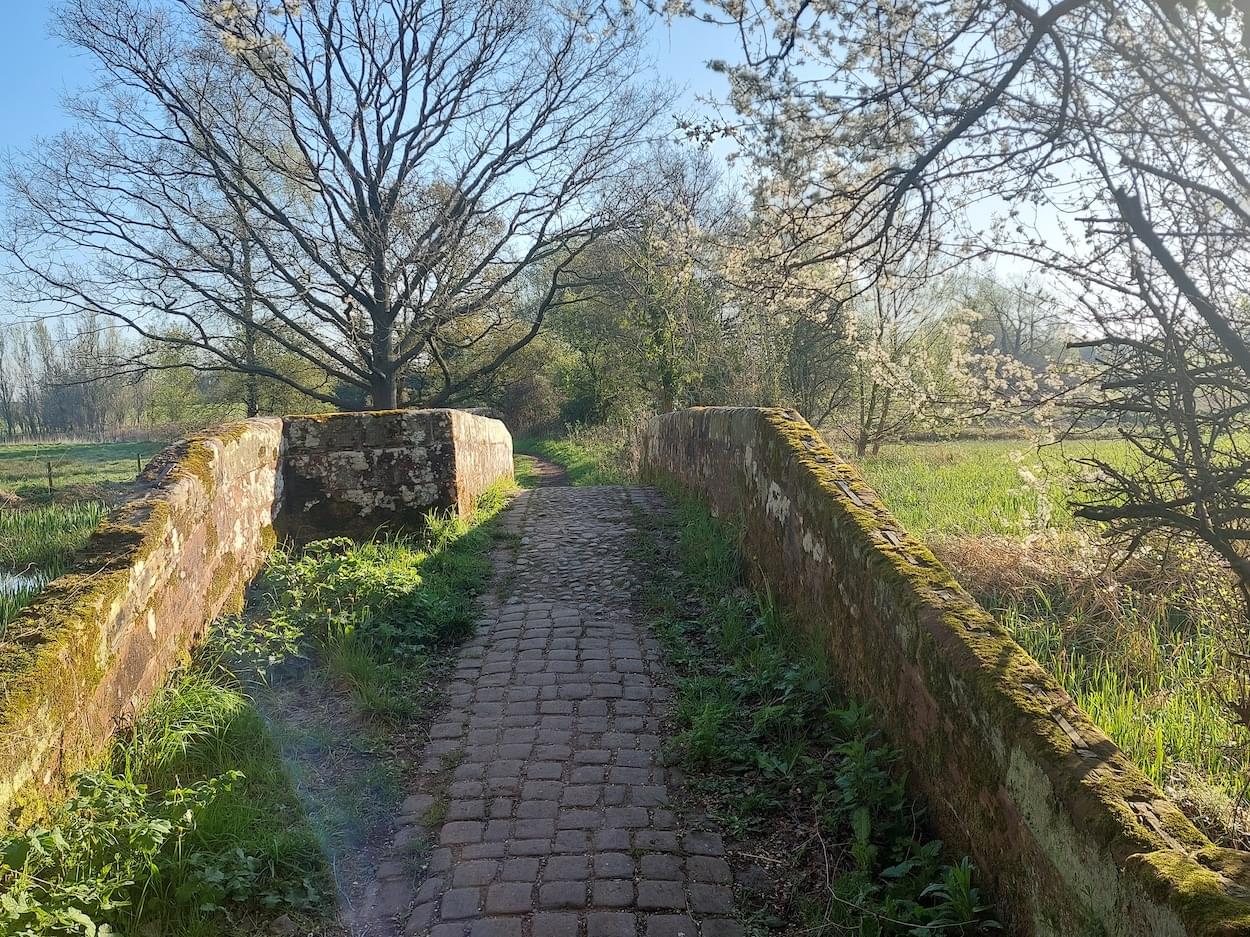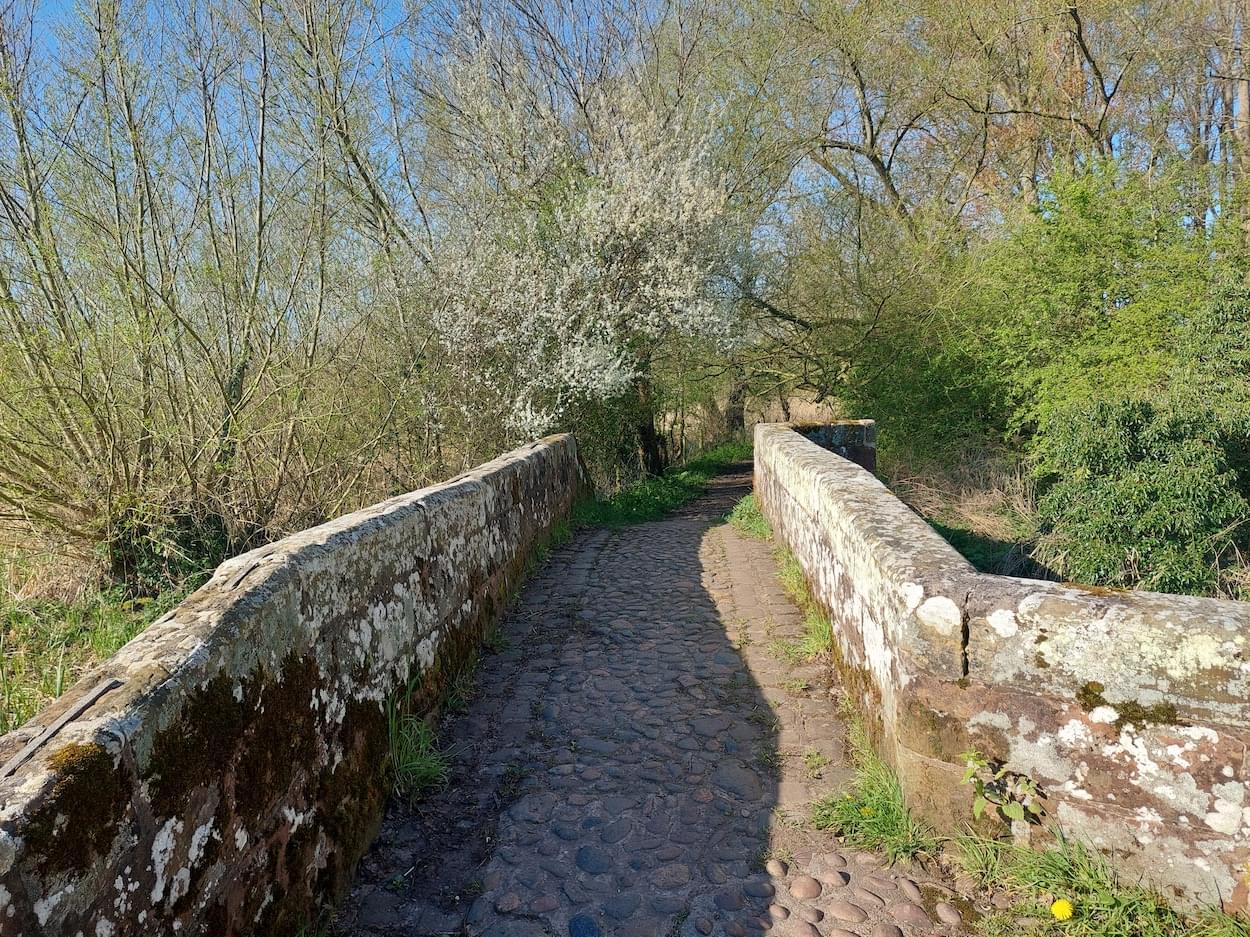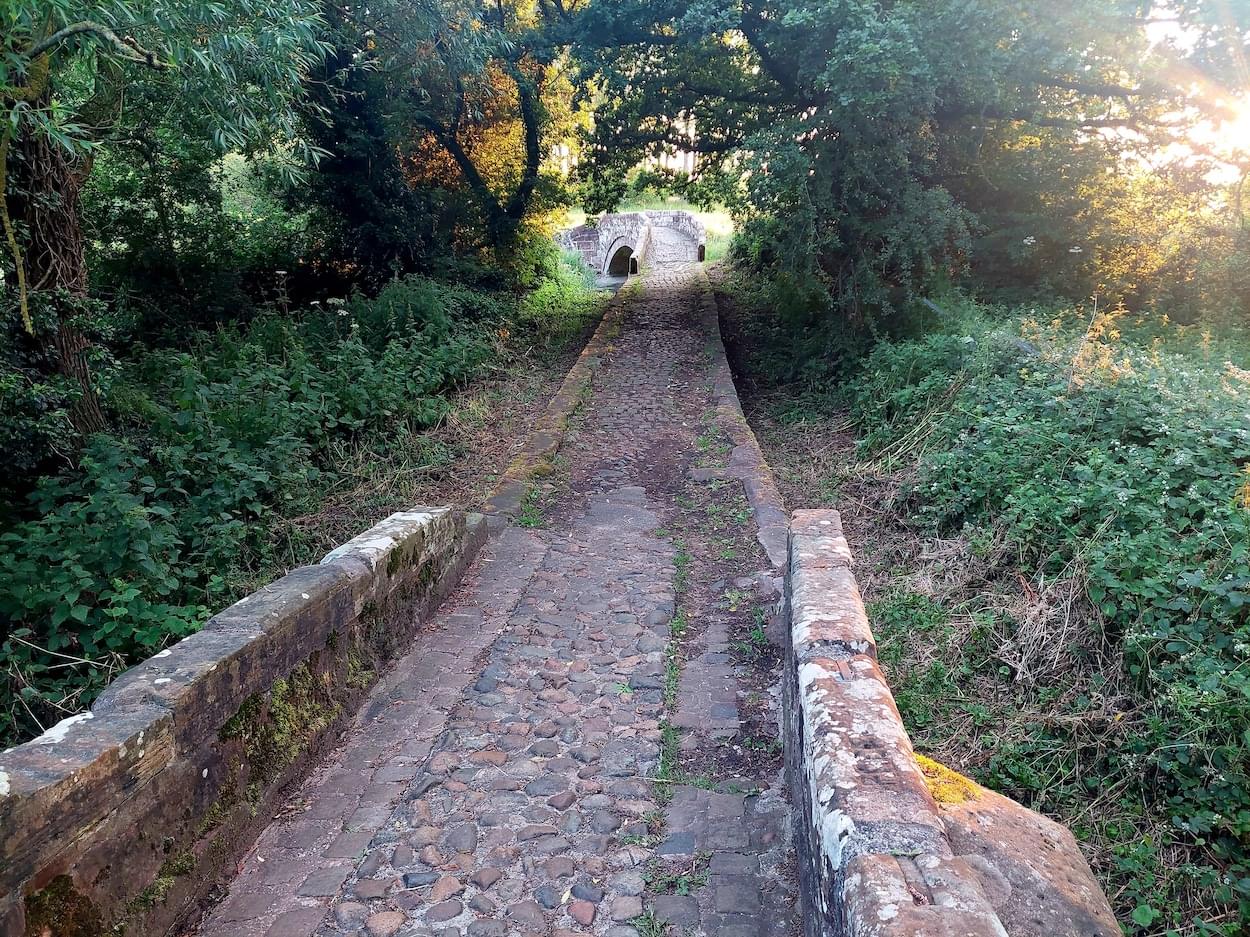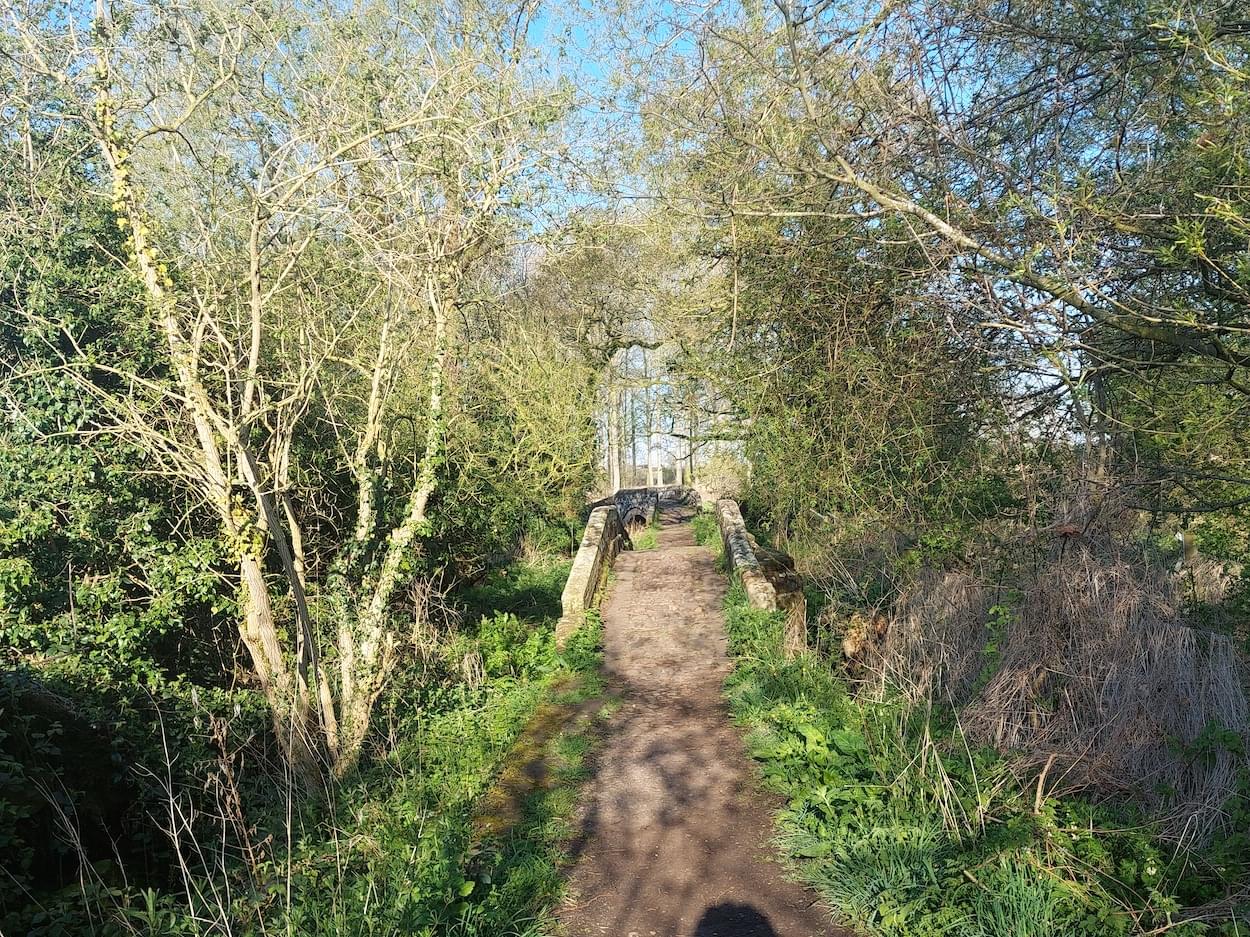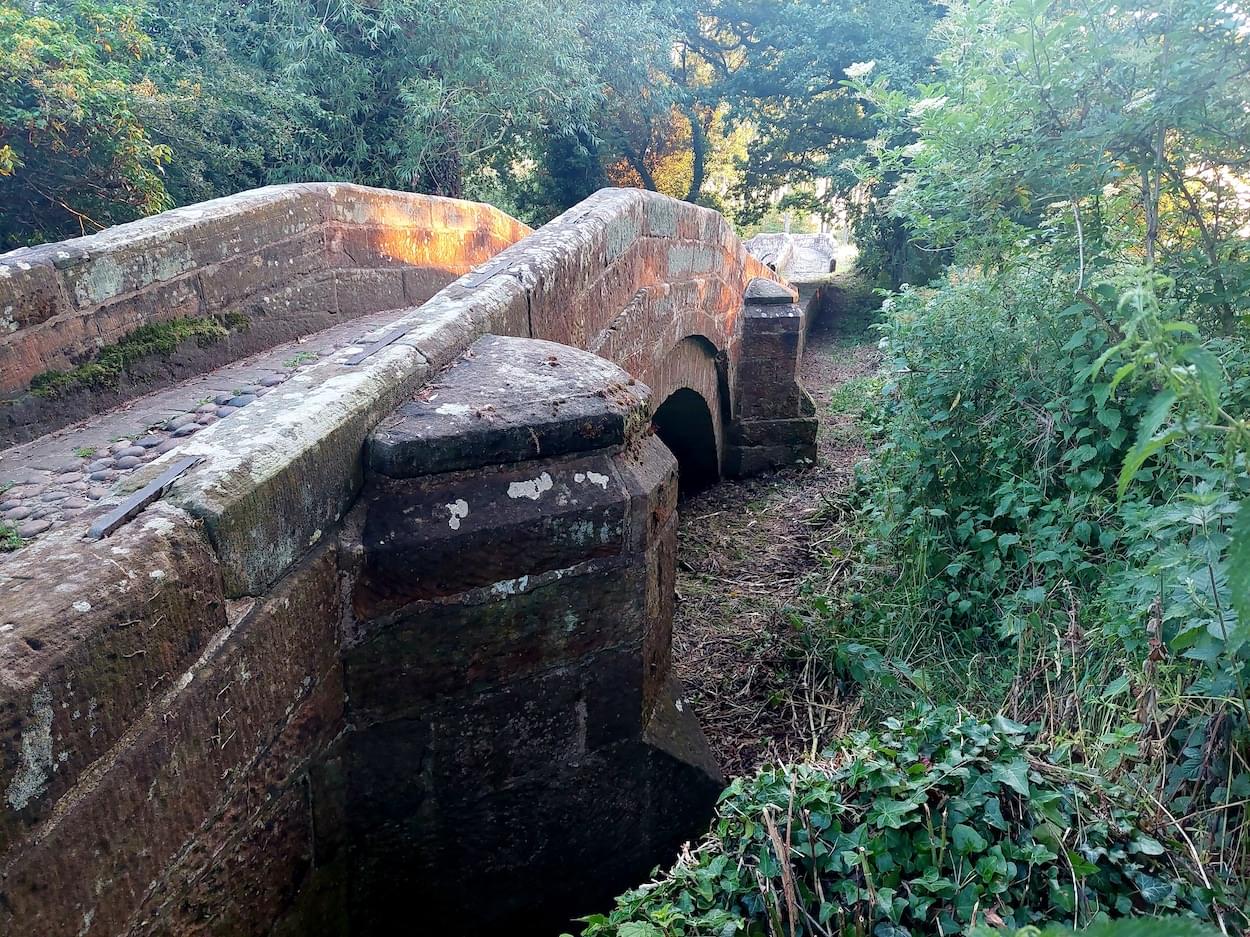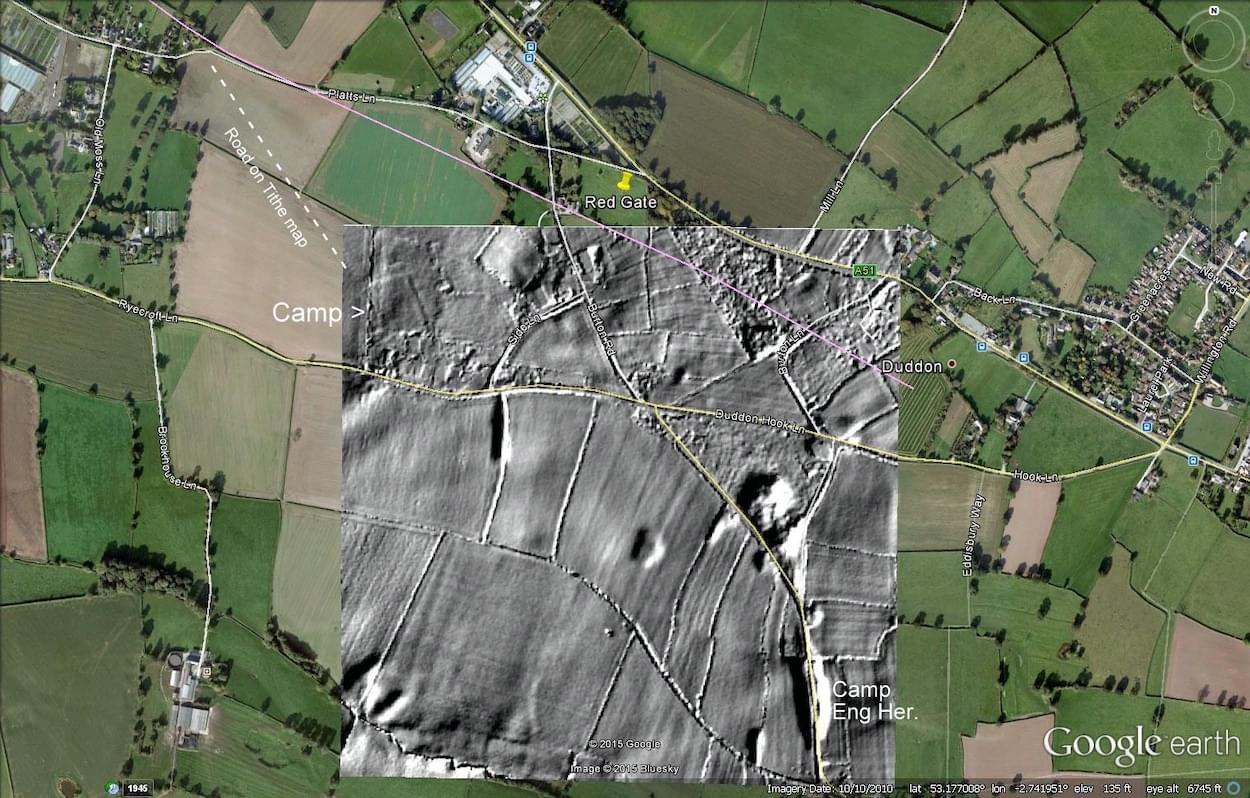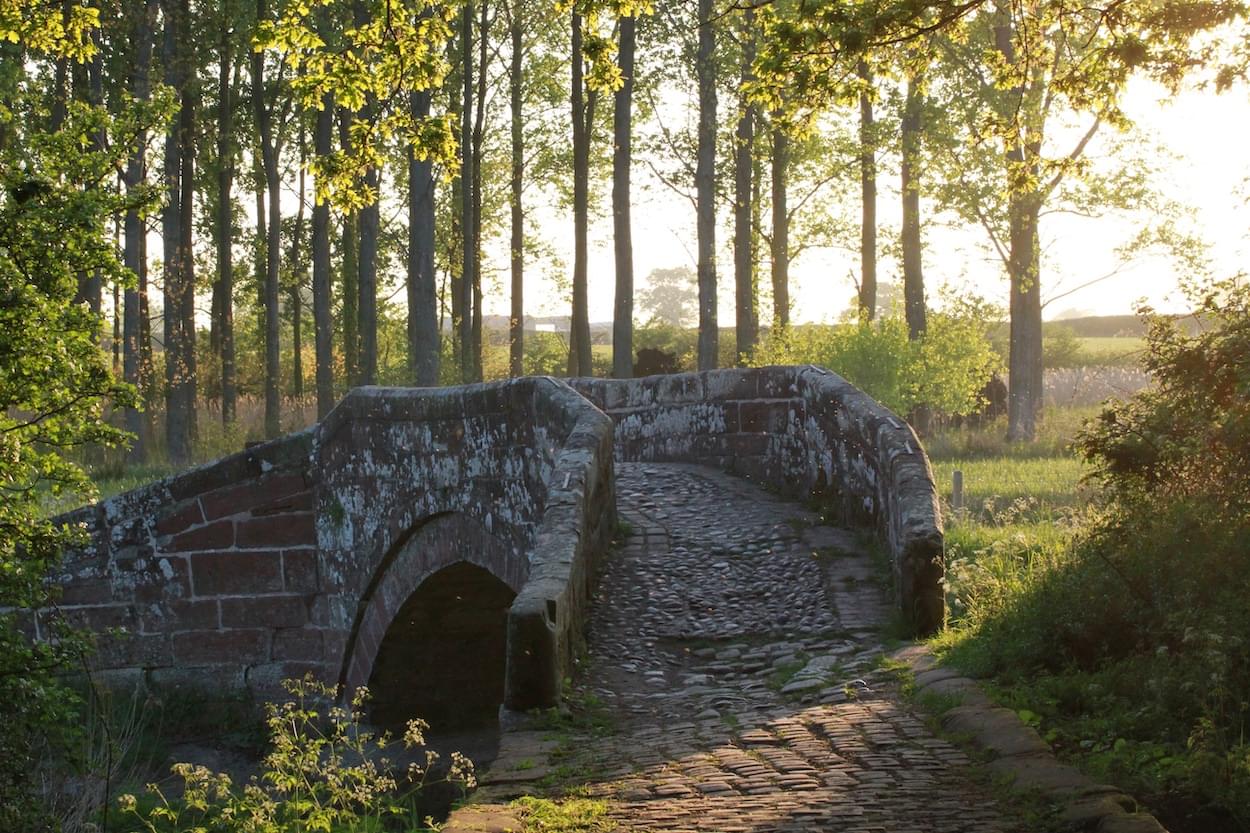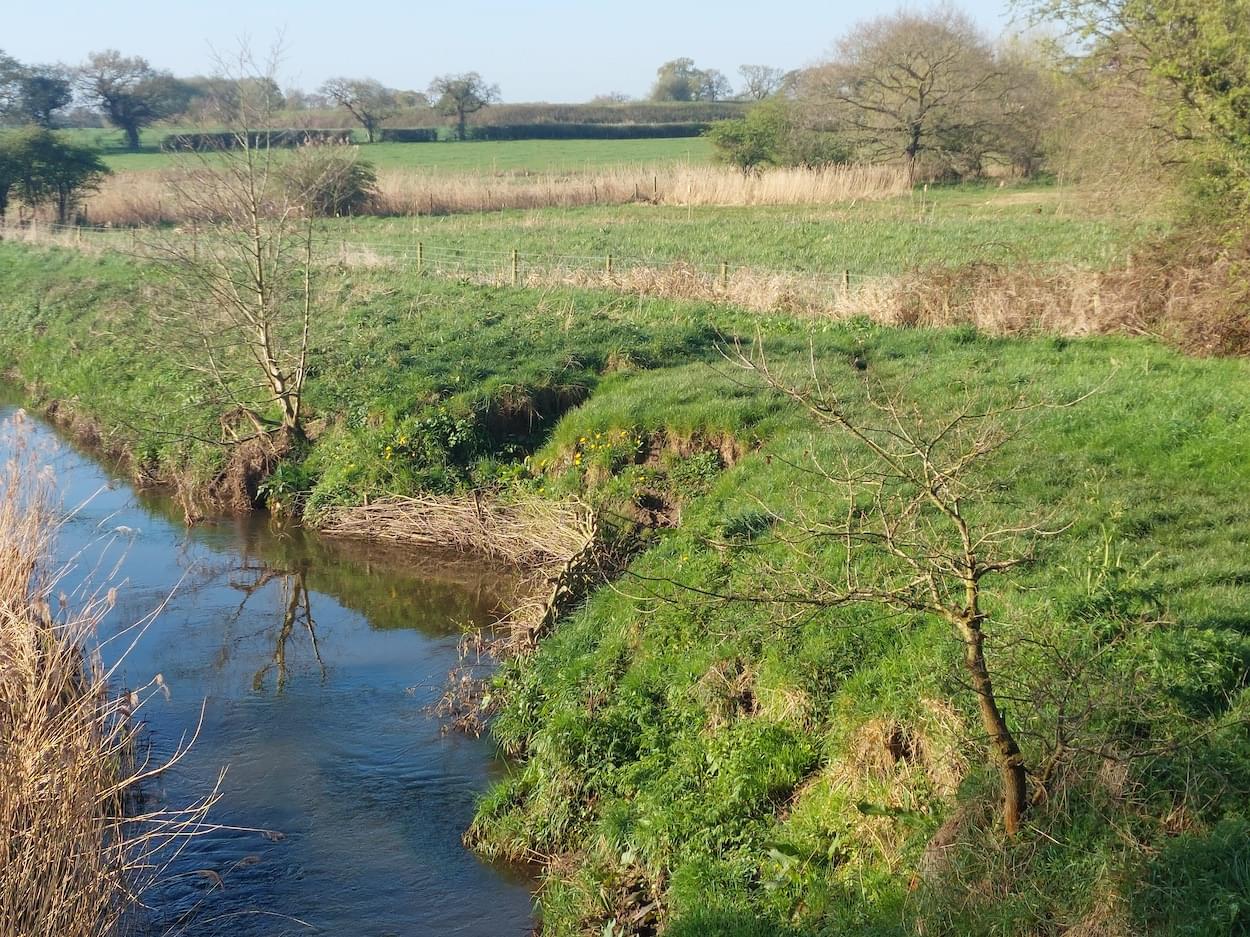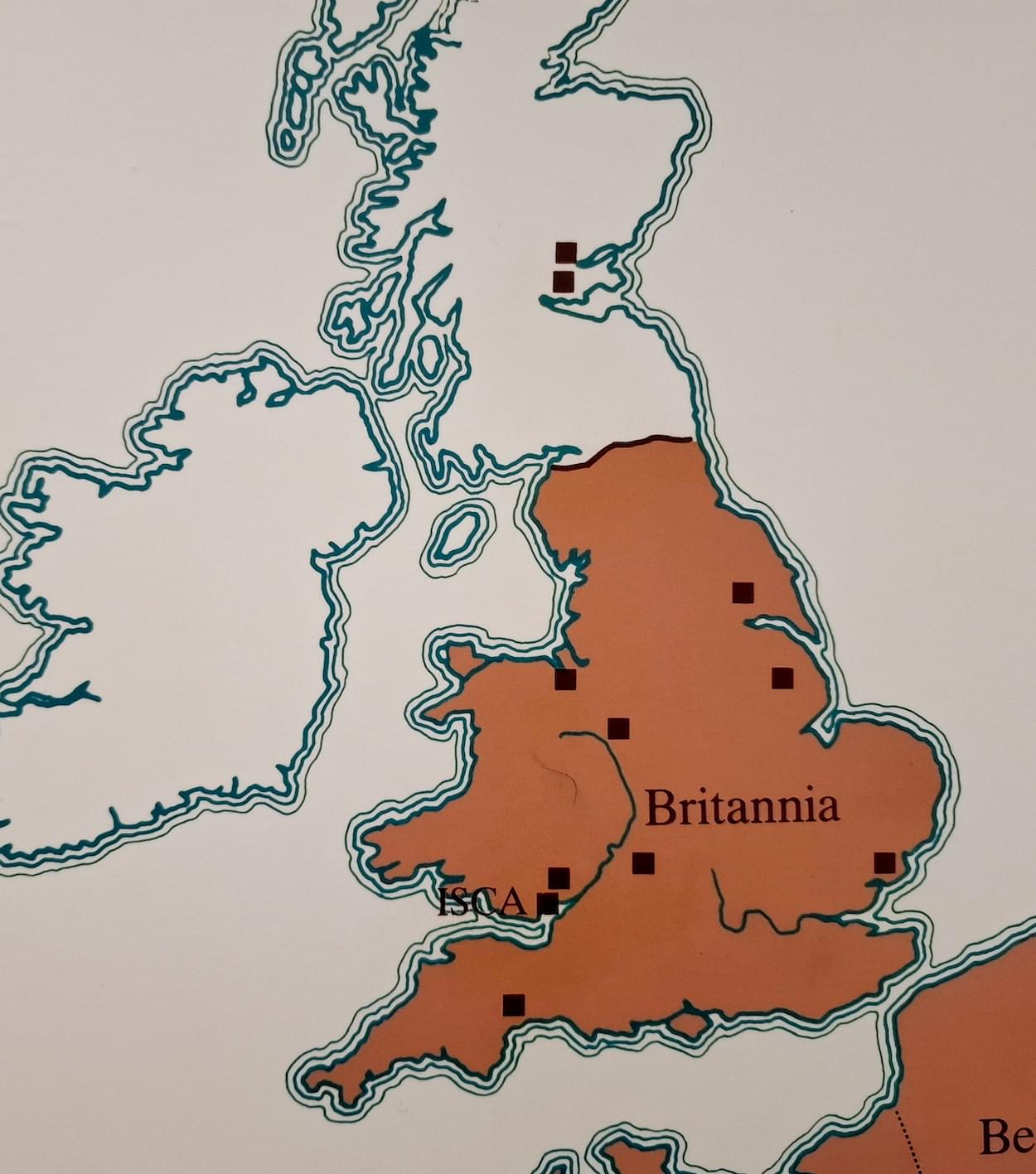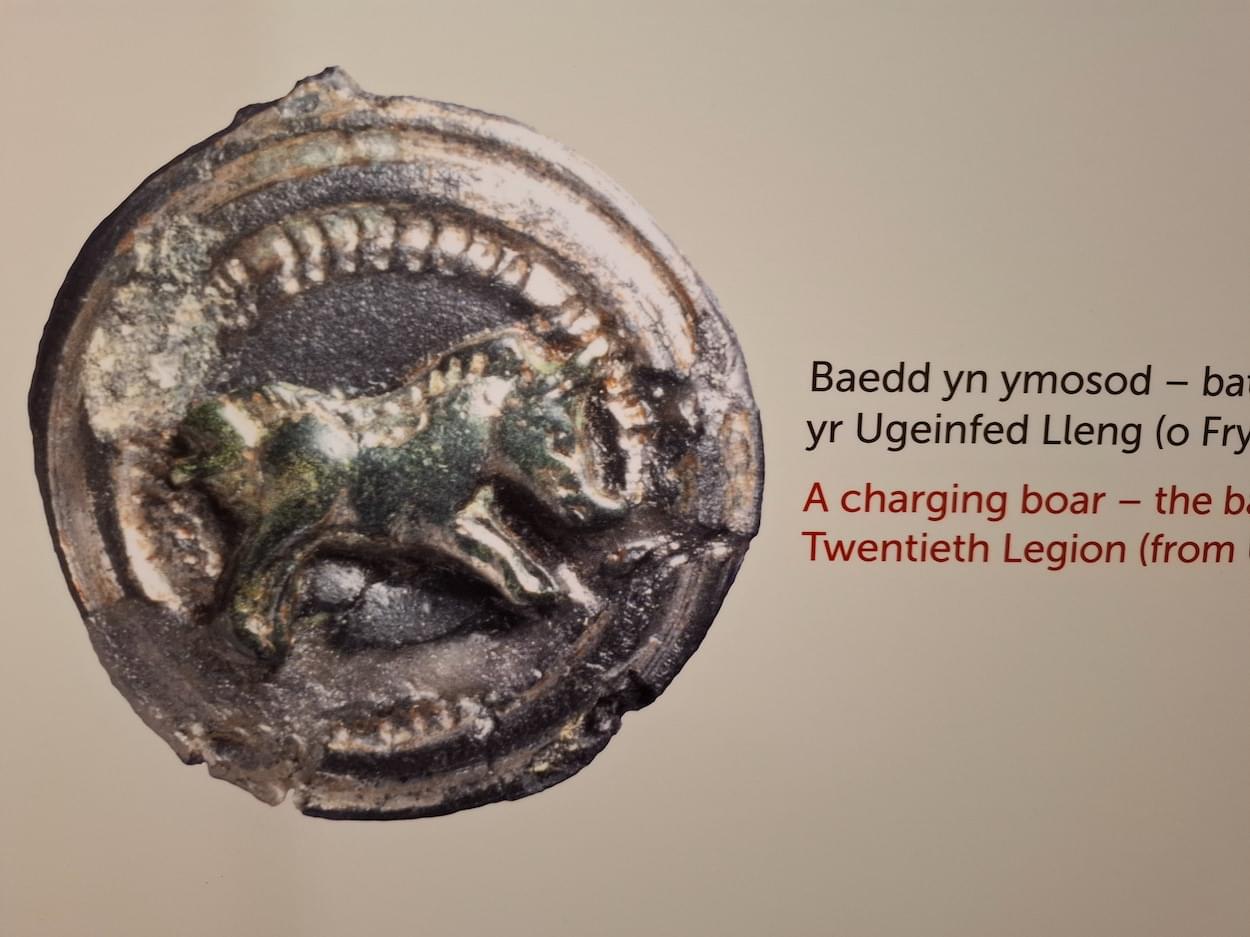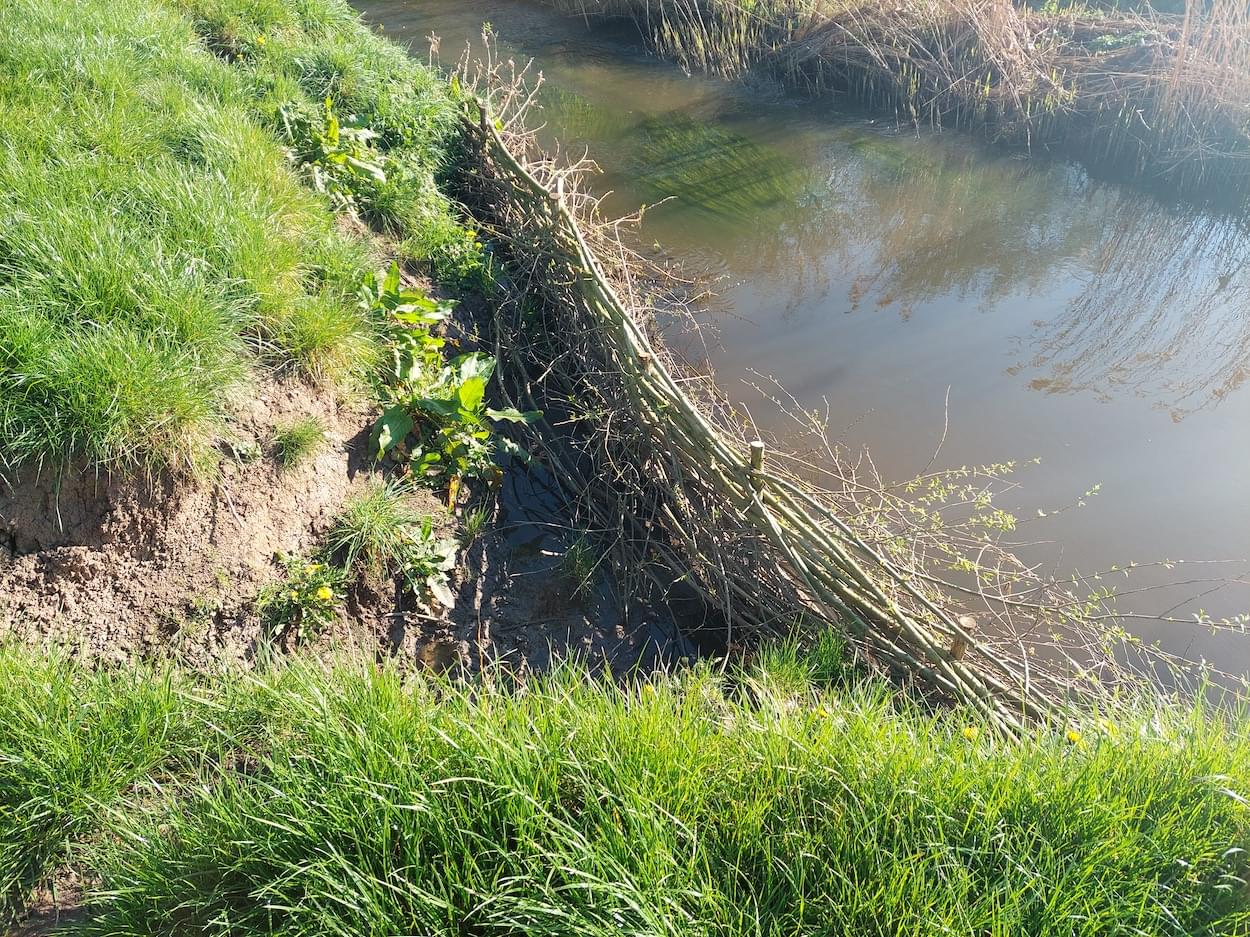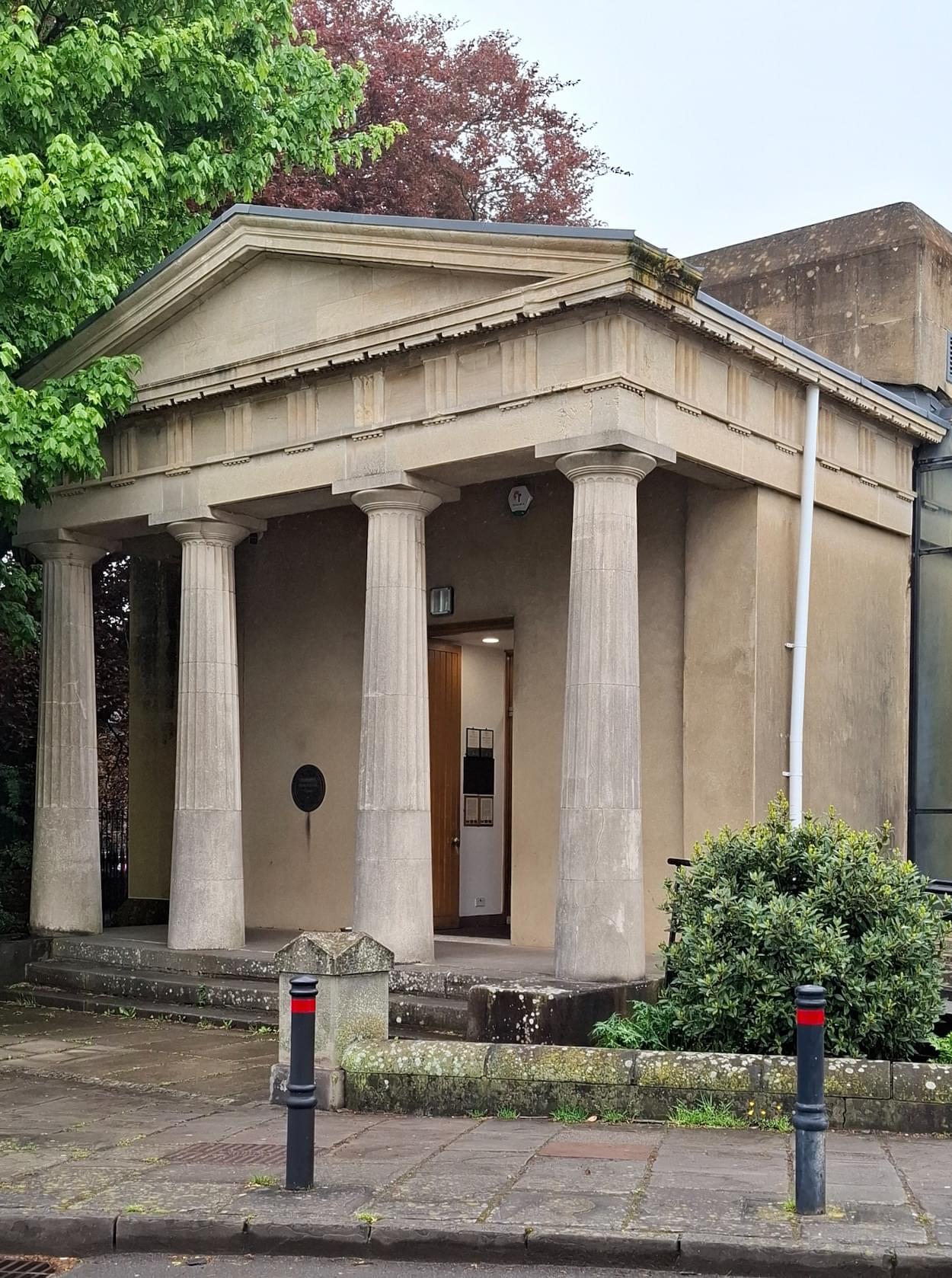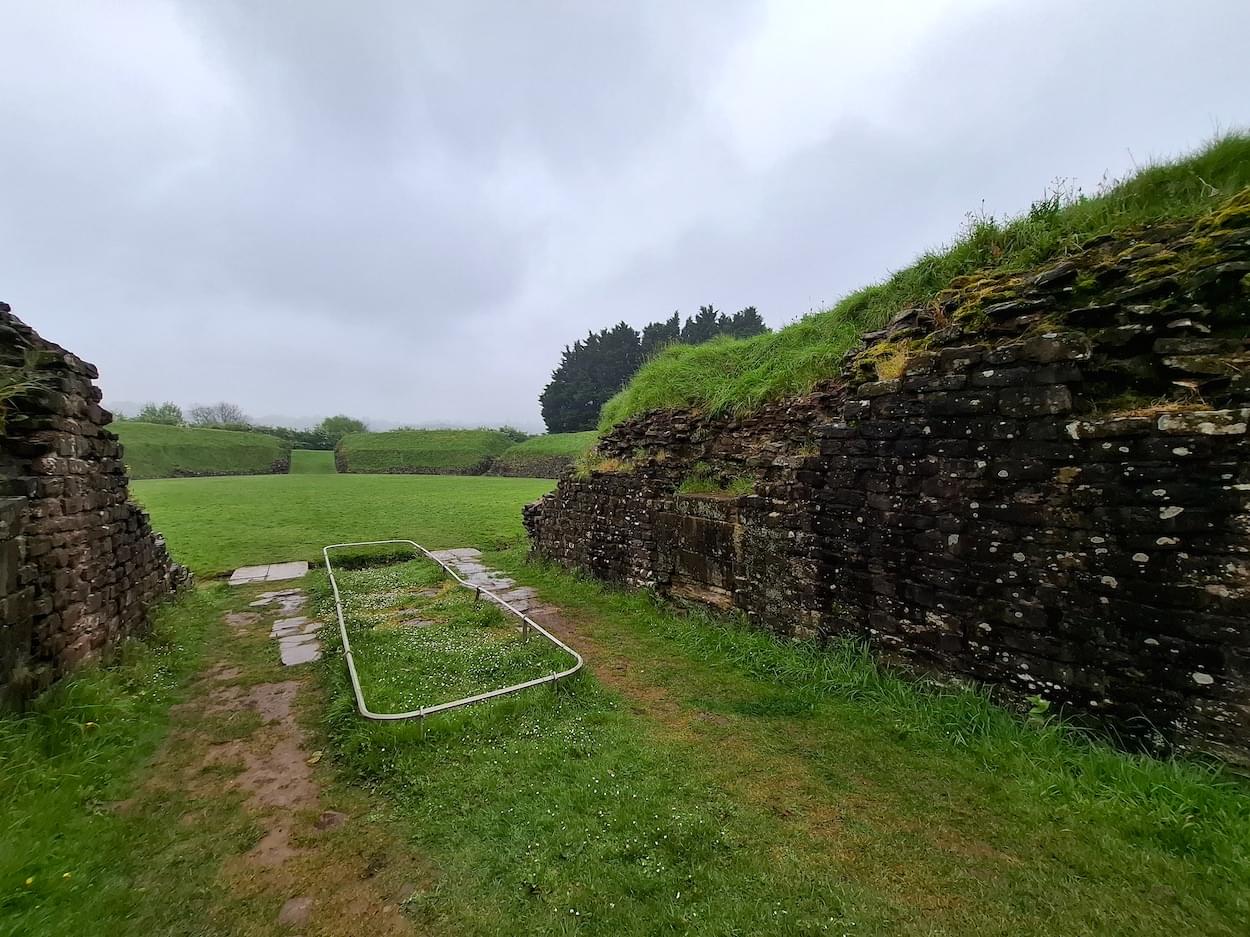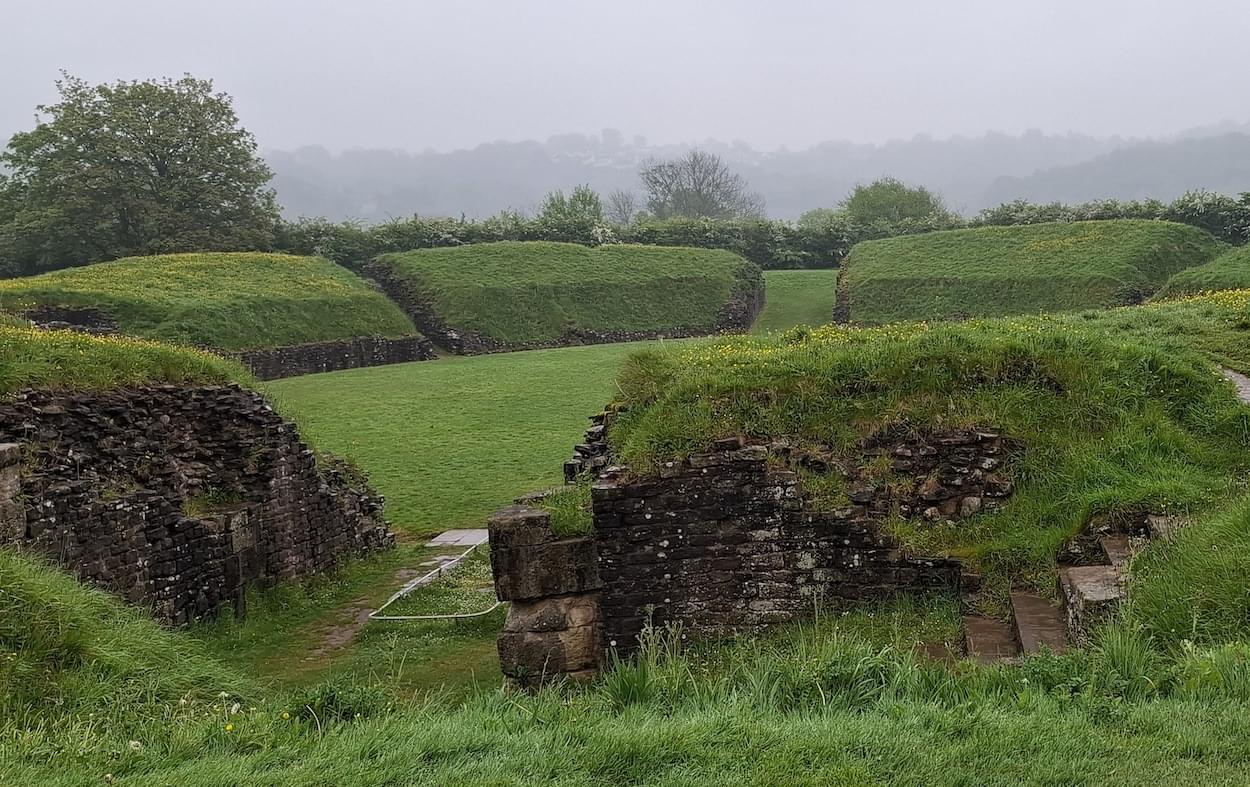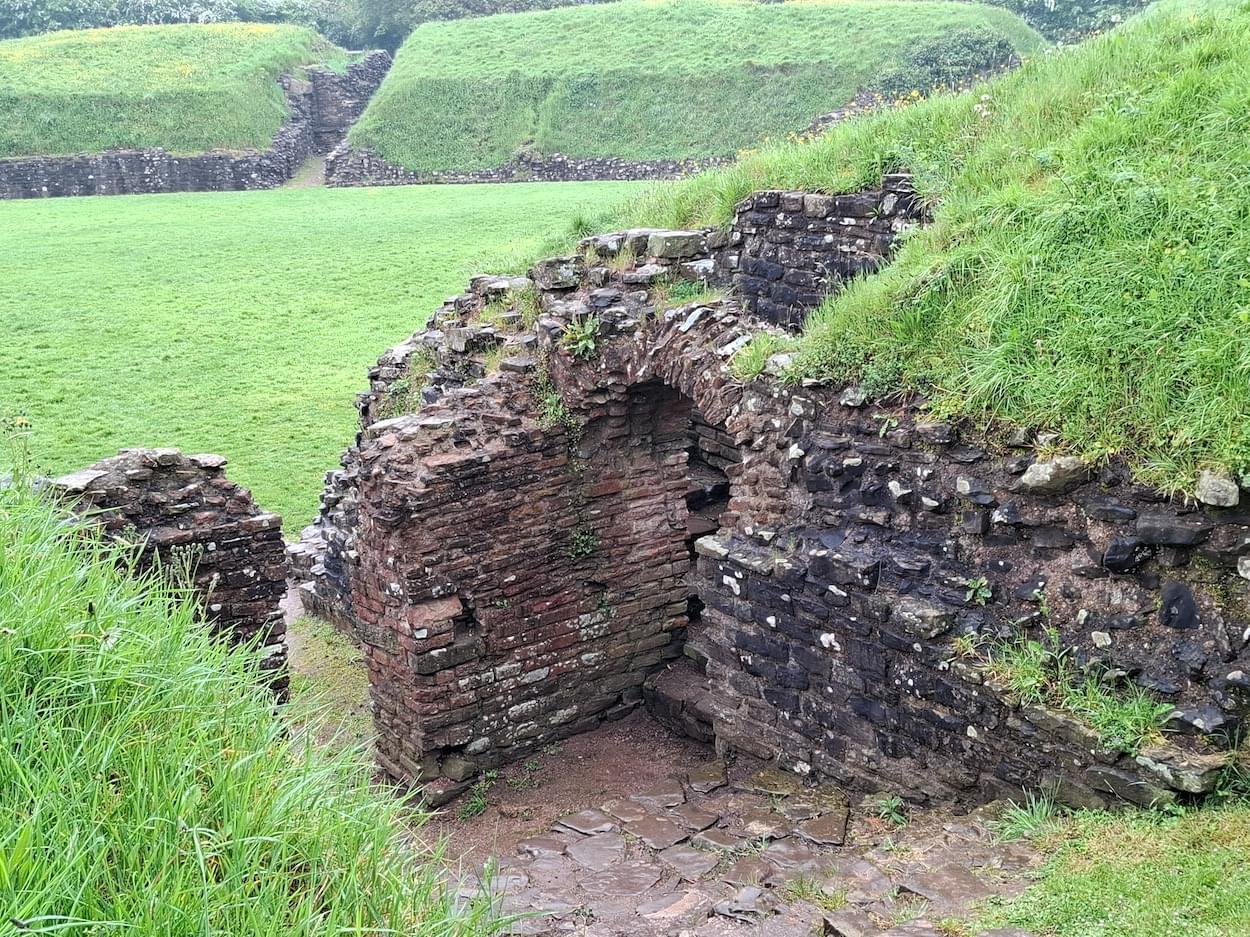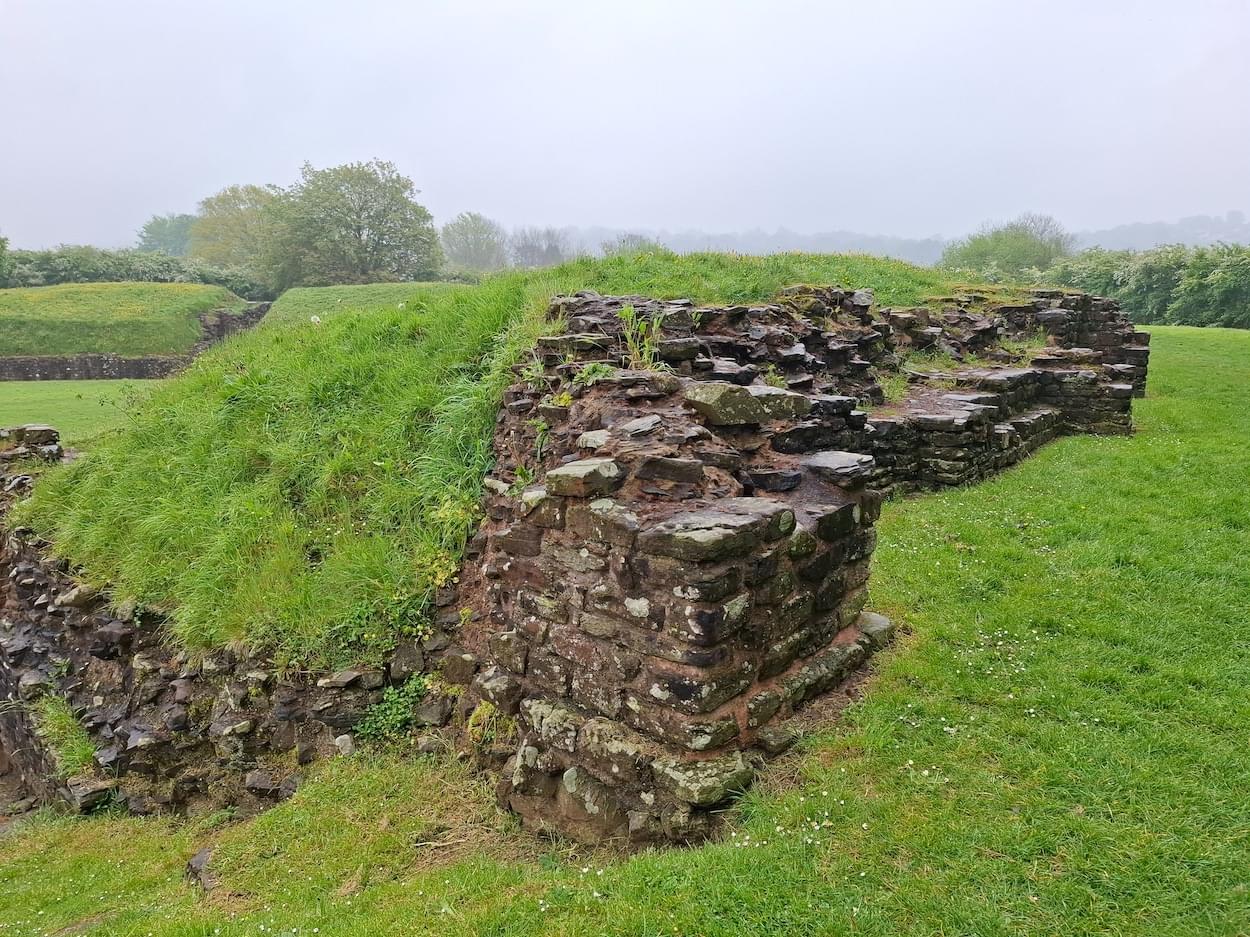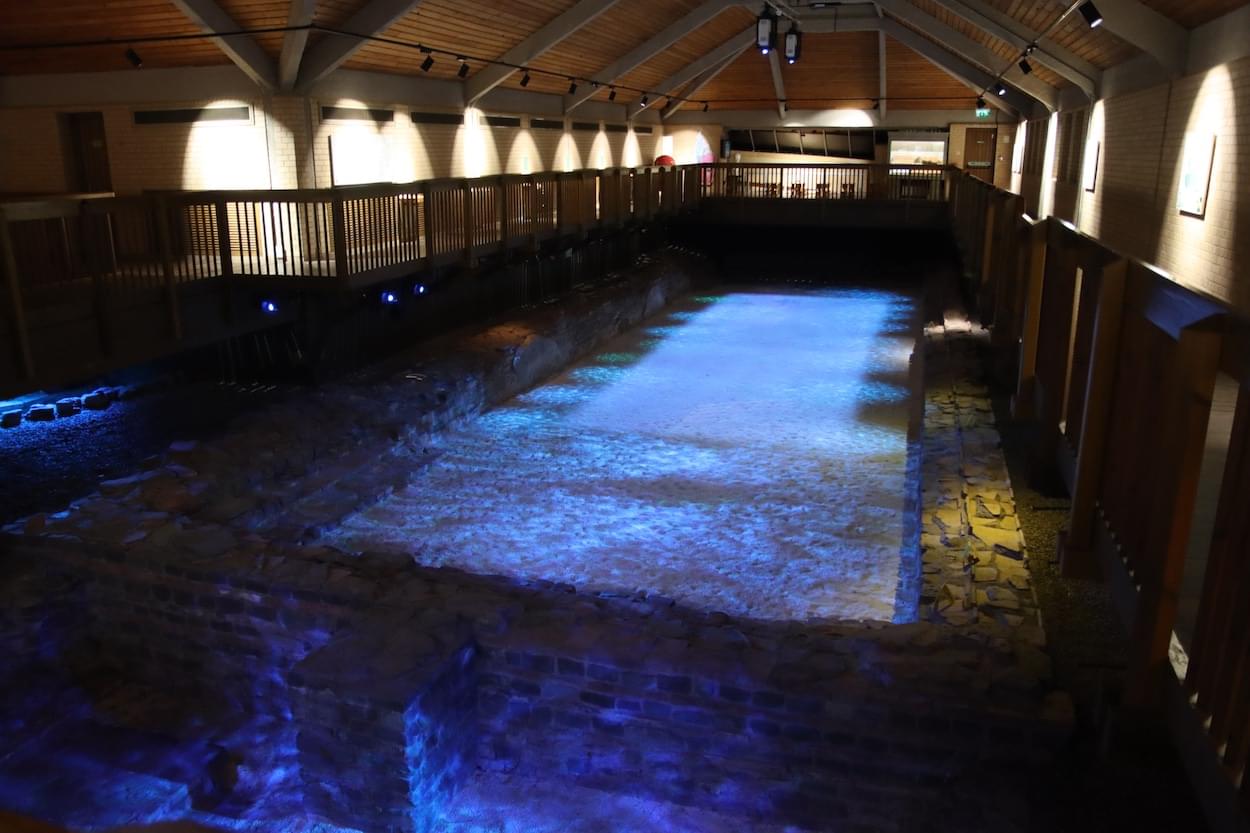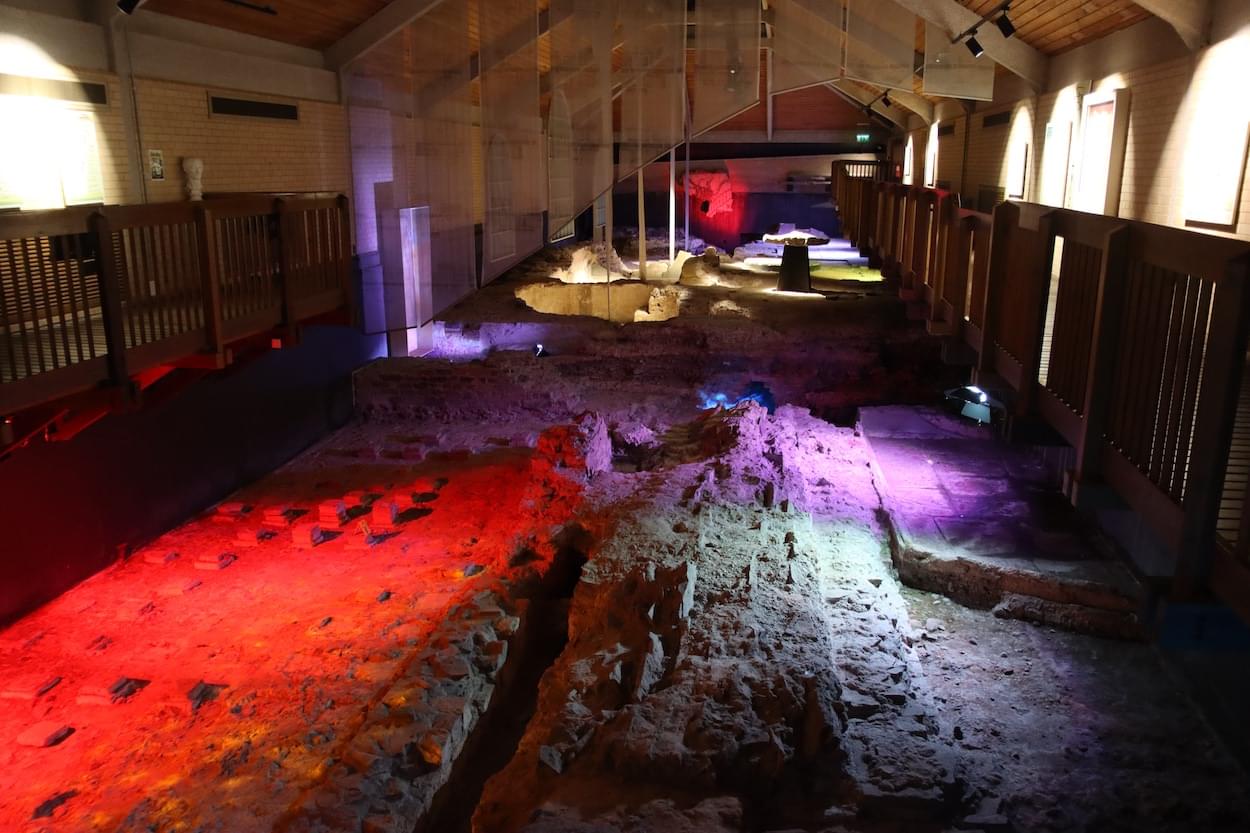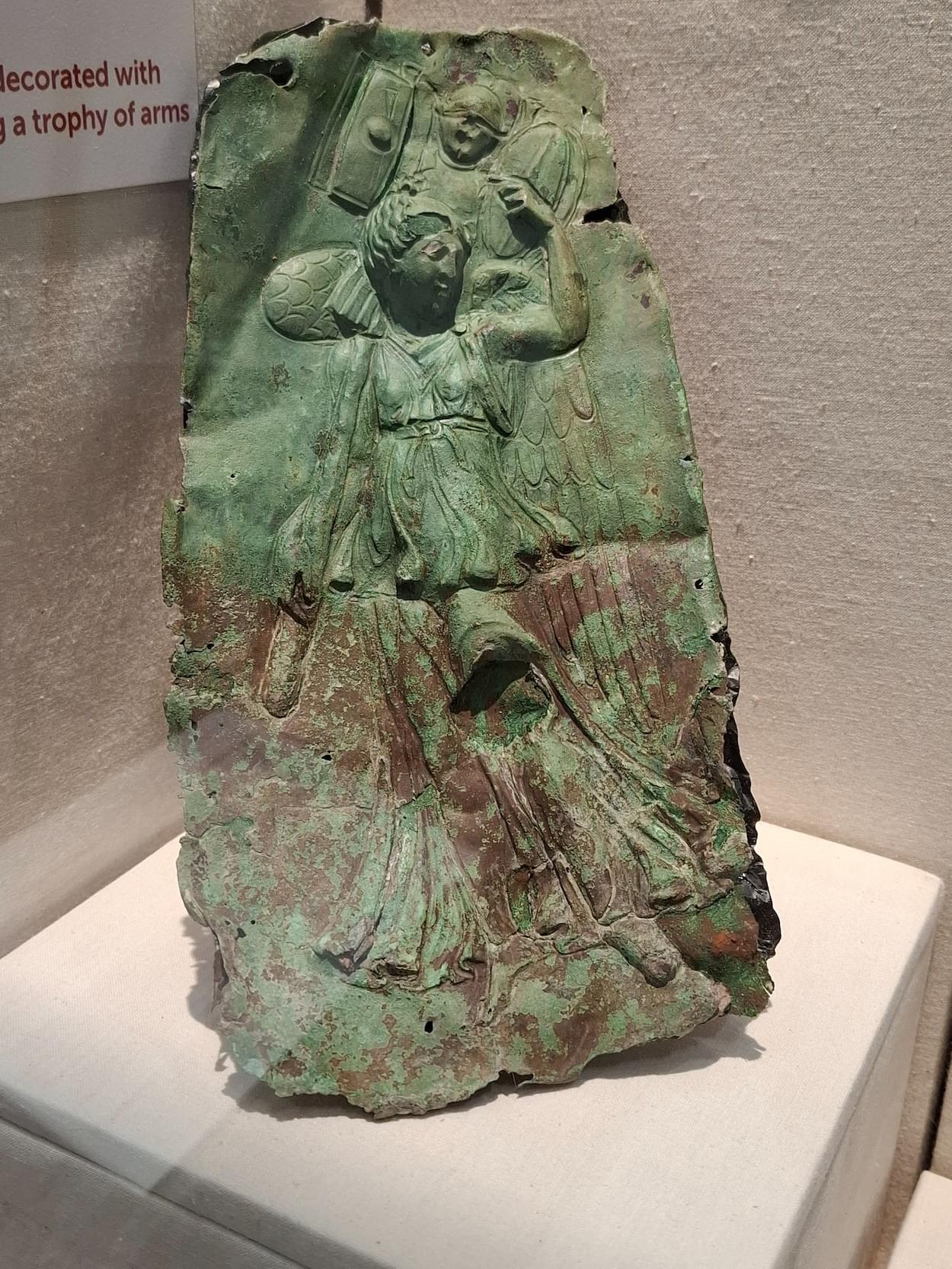

BY DAVID CUMMINGS BEM
May 2024
Roman Questions & further Research
Why are the bridges at Hockenhull, called the Roman Bridges? This is a question I’m often asked by strangers. In fact it happened again just yesterday when I met two cyclists there. One explanation is that as the Chester area is full of tracks and lanes from the Roman period, crossing the Gowy by the bridges, was the easiest and safest access from Watling Street to Deva, an important Roman Legionary fortress town. The three wonderful red sandstone bridges we see today, almost certainly date from the 15thC, but there was clearly an important crossing point here in Roman times. The XX Legion were based in Deva (Chester) for well over 200 years, and with a garrison of over 5,000 men, activities were needed to keep the men active and healthy, and to teach them new skills. We know that in the Chester area there are the sites of at least twelve practice camps, which were built for this purpose. There were three on sites parallel to Tarvin Road through Littleton, along the stretch to Stamford Bridge, with at least two more along the present line of the A51 near Duddon. The modern lidor map illustrated below shows a potential line of a route between the camps at Duddon and the “Roman bridges” at Hockenhull. This is quite an exciting development, and I’ve been really pleased to discover even more facts about the XX Legion and their stay in Britain.
My search for more evidence, recently took us to the Roman Fortress site at Caerleon, on the banks of the River Usk, north of Newport in South Wales. Here at the National Legionary Museum of Wales, I saw in their excellent collection of finds and artefacts, a silver coin or brooch stamped with the “boar” the symbol of the XX Legion. They had been stationed at the town of Usk, and early encampment on the river, before the Legio II Augusta, created a magnificent new Legionary Fortress at Caerleon, 8 miles downstream. Caerleon today has so many things relating to the Roman occupation, that we can only dream about in Chester. It has a superb Roman bath house and leisure complex, a long section of wall, a fortress barracks complex above ground, and a magnificent Amphitheatre set in delightful countryside. It also has the excellent Museum of Roman artefacts, run by the National Museum Service of Wales. This find adds to my compilation of details and facts of the XXVV Legion, who were based mainly in Chester for their stay in the UK of over 340 years. The facts that I have now uncovered includes this outline of their activities.
AD43. Arrive in Britain with Claudius, one of four Legions.
AD 50. Defeated Caractacus at the battle of Caer Caradoc.
AD 50’s. Based at Camulodunum (Colchester) with some units at Kingsholm Gloucester.
AD 55. The legion were based in Usk, but defeated by the Welsh.
AD 60. Stationed on Anglesey, but were requested to return to England to help defeat Queen Boudica, in a battle which took place near Lactodorum (Towcester) a town situated on the present A5, (Watling Street) north of present day Milton Keynes, at the battle of Cuttle Mill. It is reported that 80,000 Britons were slaughtered in battle compared with only 400 soldiers from the Legions. The Romans were so well organised, that their superior tactics won the day easily. Boudica is said to have probably committed suicide by poison after the defeat.
Although it is almost certain that the XXVV were there, it is still not clear that it was from this battle that they gained their Valeria Vitrix title. Some authorities say that it was gained much earlier in their existence after winning a battle in Illyria, a land between the present Balkans and Greece.
-

-

-

-

-

-

-

-

-

Roman Sites
-

XXBB Boar
-

-

Welsh Roman Miuseum at Caerleon
-

Entrance to the Amphitheatre
-

Roman Amphitheatre at Caerleon
-

Spectator Entrance to Seating
-

Outer Wall at Caerleon
-

Legionary Baths at Caerleon
-

Legionary Bathhouse at Caerleon
-

Nike - Roman God of Victory
